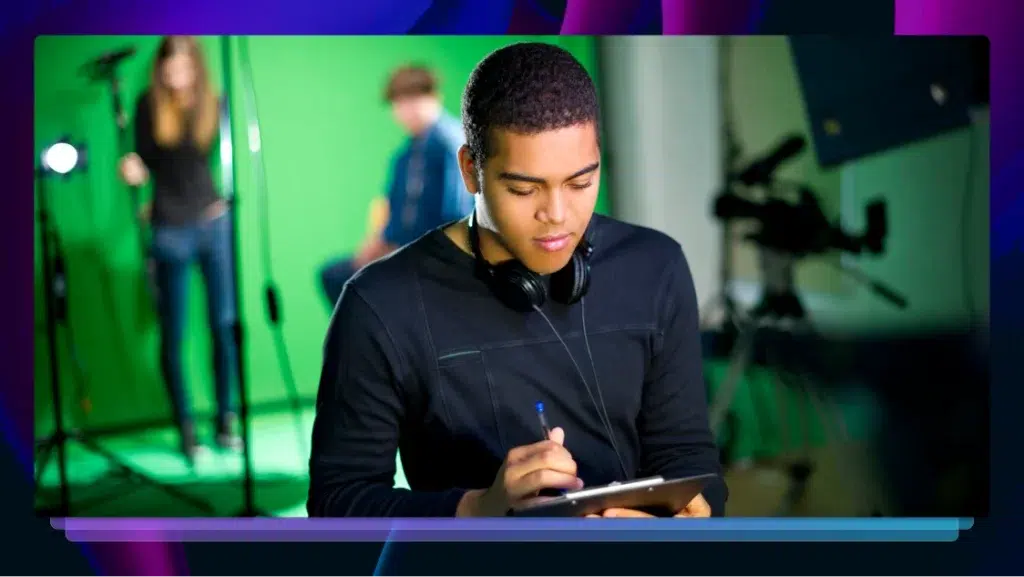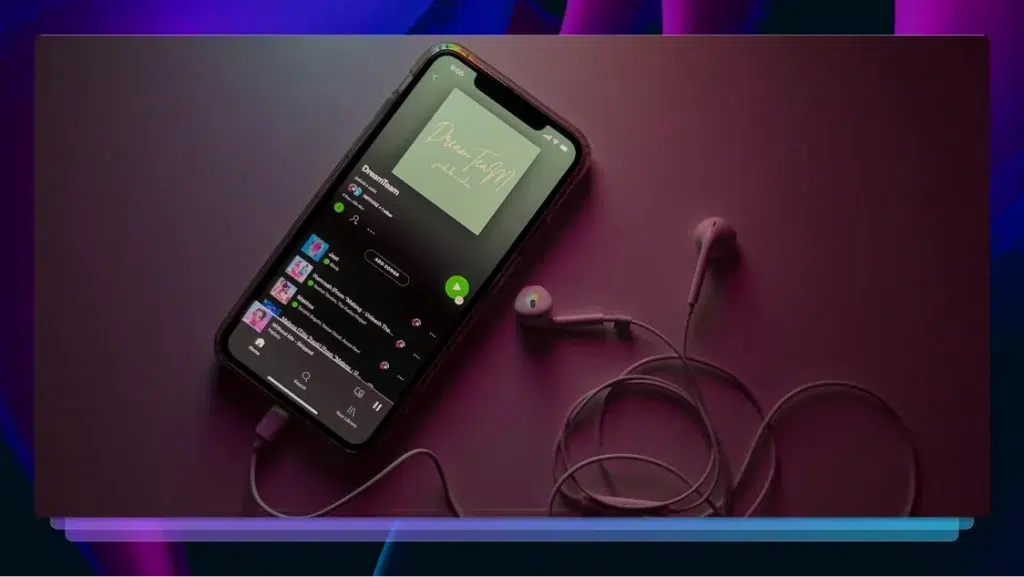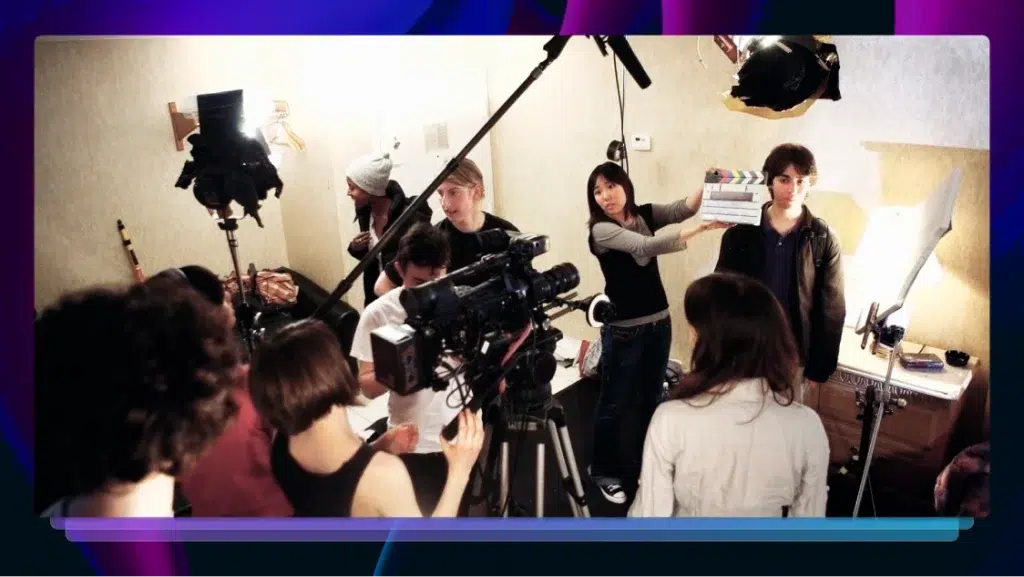How to Choose Radio Broadcast Media Transcription Services
Running a radio broadcast these days require that you be proactive about your content and make it easy to find on the web with media transcription services.

Producing radio shows, news segments, podcast episodes, or interviews is an all-hands-on-deck effort requiring many different skilled professionals. Further, simply getting the show to the finish line isn’t enough.
Your audience consumes broadcast media in a variety of ways. Many audience types also want to view and engage with content on their own time, posing challenges to the “live” elements that made radio broadcasting so appealing in its early history.
Today, however, there’s an old tried-and-true format that many media consumers still enjoy using: written text. They may scan it alongside a video or audio file or simply read it at a later, more convenient, time.
For a broadcast media pro, transcription serves a radio listener in many ways; meanwhile, it can also be a valuable tool for increasing awareness of your product and engagement with listeners.
How Transcription Helps Radio Broadcasters
Think of transcription as a tool in your production toolbox. It sits alongside other tools like videos, livestreams, webinars, audio files, and text discussion platforms. Here are a few important ways transcription serves radio broadcasters and their listeners.
It’s an answer to your audience’s many needs
First and foremost, today’s listeners are busy, and they can’t always carve out the time to hear the show through a livestream or live broadcast. Just as a video talk show relies on YouTube for more audience reach after the broadcast, your radio show relies on accessibility long after the show has run.
Your radio show relies on accessibility long after the show has run.
Additionally, some listeners may not have reliable access to audio when they choose to engage with your broadcast. A transcript is a pathway to your radio experience that they can read on the bus or train ride home from work or in the morning with their cup of coffee. These are just a couple of examples of how your listeners consume media in different ways beyond the live broadcast.
Your broadcast is searchable with transcripts
Radio broadcast crews can take a page from producers of podcasts, who quickly learned the power a transcript has for online searches. Google and other search engines don’t index audio files, instead, they use crawlers that search for text. An archive of rich, full-text transcript documents help assure quality broadcast radio continues to thrive in the digital age.
An archive of rich, full-text transcript documents help assure quality broadcast radio continues to thrive in the digital age.
At the same time, those who missed part or all of your program may want to seek it out for very specific reasons. Through search, they can zero in on certain topics in the broadcast. Keyword search helps them find your content easily and engage with the parts of it that are most important to them. And if you’re radio show discusses or interviews a celebrity or popular personality, that can be keyword gold for your marketing team.
You serve the ADA audience
Transcripts serve the millions of people around the globe who are either deaf or hard of hearing. In fact, if your programming is educational in nature, captioning may be required under the laws of the American Disabilities Act, according to the nonprofit, National Association of the Deaf.
Captioning is different from transcription. It’s the answer to the “real-time” needs for these audiences. However, a transcript compiled after the broadcast aids those with disabilities by allowing them to revisit information they may have missed through closed captioning.
Transcripts support social media and help create new content
Transcripts can also make for great links to your social media pages. You can tout them on Facebook updates, tweets and in other social media channels. In addition, writers or journalists can also use the transcript to help them craft written stories around a specific piece of content in your broadcast. Those stories can also help to generate more ideas for future broadcasts while furthering engagement with your listeners.
When new written content is created from transcripts, it also opens the door for more calls to action to new loyal followers. You can take this opportunity to add them to email lists or promote other aspects of your business.
Types of Radio Transcription Services
When considering transcription services, you may wonder if the service is right for your particular broadcast media enterprise. Maybe you have a call-in talk show, a sportscasting service or are a news organization. Transcription services can serve every type of broadcast media out there. Here’s a look at how they do it.
News broadcasts
For the listener, radio news broadcasts can sometimes offer a lot of information very quickly. Add to that, a listener may have a strong opinion about the subject your news team is talking about. A transcript can be a valuable fact check for listeners of what was said in a radio broadcast, after the fact.
A transcript can be a valuable fact check for listeners of what was said in a radio broadcast.
Transcripts also add credibility to news organizations. Academics and scholars appreciate the ability to double-check facts and take deeper dives into information from a broadcast, with the help of a transcript. Transcription service offers that added level of transparency alongside your audio or video replay capabilities and discussion platforms. And transcripts can also help news teams study their own work and reflect on how they can present topics better, with greater accuracy and balance, in the future.
Radio talk shows
Talk shows are popular for illuminating the views of a certain radio personality. However, the information on a radio talk show is never one-way. While the anchor may lead the discussion, listeners may call in, guests will share their opinions or even a co-anchor may chime in.
Transcripts give listeners another channel to help them understand whose views are being represented in the show and why. They can also see how other views or statements in the show may have influenced what another person in the show has said. They can highlight certain sections of the show to make a point in social media or to engage with the radio talk show directly. Journalists can also mine the transcript of talk shows to craft their own second-day leads.
Radio sportscasts
Transcripts for radio sportscasts are fantastic for producing new content. Some media outlets have even created stories around hilarious sound bites from transcripts in sportscasts. If there is a memorable sound bite during a sportscast that could use more media play, a transcript helps other content creators accurately verify the information and its context.
A sportscast transcript can also serve as a great side-by-side research tool when reviewing the video of a sporting event.
Phone call-in shows
These types of radio broadcasts can present a lot of different views on a subject from people with diverse backgrounds and from different areas of the country.
If a journalist is looking for sources for a story and knows some callers are talking about the specific subject he or she is covering, seeing those potential sources’ views in text format is a great first step to helping that journalist locate the source.
Additionally, a full transcript also adds welcomed layers of transparency and professionalism to a phone call-in show.
Internet radio and podcast episodes
Podcasts and Internet radio segments often gained loyal listeners who are interested in a specific subject. When your audience is captivated by a certain subject, it’s important to give those people the opportunity to review the transcript after the broadcast.
It’s important to give those people the opportunity to review the transcript after the broadcast.
This can increase loyalty and also fuel more content for future shows or podcasts, since listeners will become more informed on your subject and ask questions. Listener engagement is a key tool for content generation; transcription can help your audience form intelligent opinions about the subject.
Online radio videos and livestreams
Some radio broadcast audio aligns with video of the show’s anchors or leaders and other imagery. They do this via livestream and often share the video and audio through sites like YouTube, too. Placing a transcript in the comments section below the recorded livestream of the video and allowing future listeners to scroll as they watch the radio show is an added bonus many listeners appreciate.
At the same time, if a listener is less interested in the visual part of the presentation, he or she can pause the video/audio, scan the script for the sections he or she wants to hear and then move the video/audio forward to those sections.
Webinars
Webinars add PowerPoints or other visuals to audio. The user may choose to read through your webinar first as a brief introduction to the subject. Then, when the webinar is seen and heard, more clarity of the subject is added. Then, revisiting the transcript after the broadcast allows listeners to pinpoint the sections most relevant to their needs.
With transcripts, you add a powerful research tool for webinar audiences, increase the potential for future engagement with your business, and they can also assist in generating more content, too.
Community radio shows
Community radio shows provide tremendous value to the citizens in the locations they serve. Often times, these hyper-local radio shows are full of information about upcoming events or important political and social subjects that affect people in a given area. Transcripts help everyone keep the facts straight about what was discussed or proposed in a radio broadcast.
A transcript can then anchor future editorials and help community voices shape opinions. They can then feel heard and involved with critical processes. Transcription could also assist in establishing important archives for community history.
Public radio broadcasts
Public radio has maintained a reputation for unbiased, transparent journalism that covers hard topics affecting people in an area or throughout the country. Transcription is a professional piece of the broadcast package that adds legitimacy to the important work public radio offers.
Transcription is a professional piece of the broadcast package.
Although it used to charge for it, NPR offers free transcripts today. The move increases engagement with readers and, like community radio, also allows for listeners to glean facts and shape their own views on subjects.
How to transcribe radio broadcast media
You don’t have to go far to find a fast, affordable transcription service for all types of broadcast media. For $1 per minute, we’ll provide a complete transcript you can upload to audio files, post in a link on social media, file alongside YouTube content and use for any other purpose.
Our transcripts are convenient, accurate and low-cost and offer you flexibility with how you can use them for your radio broadcast, webinar, podcast or other media.
Most importantly, we’re proud of how our service lets our customers focus on the conversations that make their broadcasts special, instead of stressing over the details we can capture in text.
We’ve transcribed millions of minutes of audio, and counting, and have served large and small operators with their transcription needs. Let us help you.















